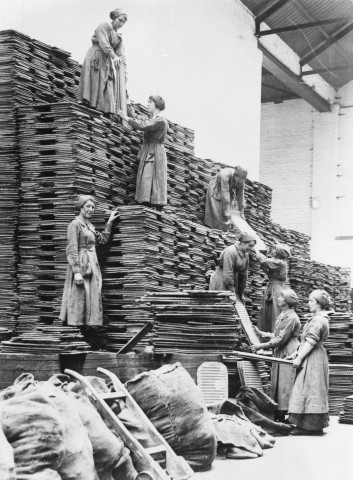8 February – 14 September 2014, WaterWay Gallery, IWM North
Free Entry; Donations Welcome
‘The reason I do it is because first and foremost I am Syrian and I can’t stand to see my people suffer.’ Hamza, Syrian Arab Red Crescent volunteer, December 2011
Photographs by an award winning Syrian photographer that reveal the impact of conflict on humanitarian volunteers in the country, are being unveiled at IWM North, part of Imperial War Museums, in Manchester.
The powerful images explore the experiences of Syrian civilians and humanitarian volunteers who place their lives on the line, almost three years since the outbreak of conflict in March 2011.
Created in association with the British Red Cross, this small, emotive display at v shows images by Syrian – Italian photographer Ibrahim Malla.
The free display features the comments of local volunteers for the Syrian Arab Red Crescent (SARC), reflecting on their motivations to become a volunteer and the risks they take as they stay in Syria to respond to the current conflict and humanitarian crisis.
The British Red Cross and SARC are part of the International Red Cross and Red Crescent Movement, the world’s largest independent humanitarian network.
Malla is currently working in and around Syria for the International Federation of the Red Cross. This free display contains his most recent work. Malla has previously photographed many humanitarian crises. He has exhibited in Syria, Italy, Madrid, Paris, London, Geneva, Sydney, China, Germany and Scotland and won six international awards during his career.
SARC volunteers have been at the front line of the humanitarian response in Syria since fighting erupted. Many SARC staff and volunteers have been killed; many more have been injured, kidnapped or detained. Ambulances have been fired upon or in some cases stolen.
Across the country, thousands of SARC volunteers continue to provide essential assistance to those affected by the crisis.
SARC volunteers and staff are delivering a wide range of life-saving aid to almost 3 million people each month: food parcels, blankets, mattresses, hygiene kits, kitchen sets, first aid and ambulance services, fixed and mobile health clinics, psycho-social support services for children and their families, water and sanitation. They also support temporary shelters in schools, offices, and public buildings.
Visit www.iwm.org.uk for more information, follow @I_W_M #IWMNorth, or like facebook.com/iwm.north
Ibrahim Malla said: “My photos show the tragedy of the conflict with a message of hope – showing the hard job that the Red Cross and the Red Crescent volunteers are doing, always helping everybody in respect of our principle of neutrality. This is the message that I started to carry around the world, to let everybody know and see the bravery of the Syrian Arab Red Crescent volunteers. I feel this is my duty to honour my friends who sacrificed their life.”
Graham Boxer, Director of IWM North, said: ‘From images of aid distributions to the evacuation of 2,000 people from a besieged town in October 2013, Malla’s images portray the role, dedication and bravery of these volunteers in Syria today.’





